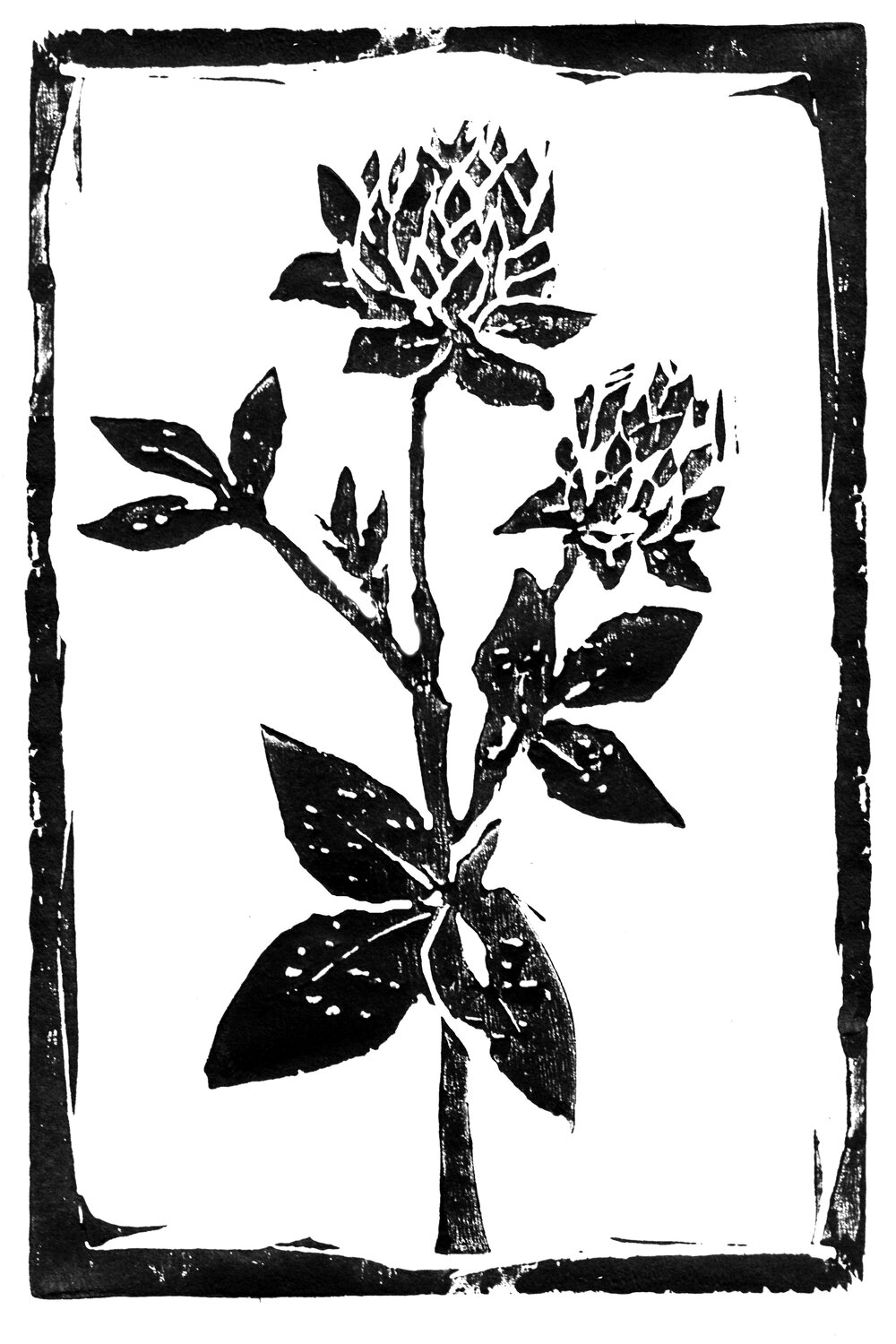Issue #6 July 6, 2016 July 6, 2016
The Share
Kale
Cabbage/Napa or Radish
Fresh Sweet Onions
Lettuce
Kohlrabi
Pac Choi or Fennel
Herbs
Oregano Thyme Sage
Chives Mints Sorrel
Chamomile Summer Savory
Marjoram Zataar Oregano
Parsley Basil Dill Cilantro
Borage
Flowers
Zinnias Ageratum
Bachelor’s Buttons
Nasturtium Amaranth
Edible Flowers
Here’s a guide to the edible (and poisonous) flowers in the picking garden. Nasturtium, Bachelor’s Buttons and Marigolds
are in bloom. Do not eat any flowers you are unsure of, and use edible flowers in moderation.
NASTURTIUM: Native to the Andes, the nasturtium blossom has a sweet, peppery, spicy flavor. The flowers have a nectar spur in the
back, which provides a little sweetness. Good for adding color and flavor punch to salad.
BACHELOR’S BUTTONS: Also known as cornflower, since it often grows wild in European grain fields. The flower is used in teas or
as a garnish. Clove-like flavor.
CALENDULA: Also known as pot marigold, Eurasian native. Only the petals are edible. Can be used as a saffron substitute.
BORAGE: Blue star shaped flowers with a cucumber-like taste. Great in beverages.
MARIGOLDS: Somewhat citrusy flavor, can be used in salad or as a saffron substitute.
HIBISCUS: cranberry-like flavor with citrus notes. Makes a great tea.
POISONOUS FLOWERS: Digitalis (Foxglove), Nicotiana (Flowering Tobacco), Four O’Clocks
-Aaron
Scarecrows Wanted
Help protect your melon crop by making a scarecrow! Crows really do love to peck holes into
melons. Anything that moves in the wind, makes noise, flashes and/or looks vaguely human will
work as a scarecrow. Get creative!
Hannah’s Radish Salad
1 bunch radishes
2 tablespoons white wine vinegar
2 teaspoons fresh chopped dill or cilantro
Salt to taste
Thinly slice radishes. Put in a bowl with the vinegar and dill/cilantro. Mix well and salt to taste. With cilantro, I use this as an accompaniment to or topping for tacos and burritos.
Serves 2. From our former intern, Hannah.
Fennel, Apple and Pecan Salad
1/3 cup buttermilk1 shallot or small onion, minced
2 tablespoons olive oil
2 tablespoons balsamic vinegar
salt and pepper to taste
1 large bulb fennel
1 crisp, tart apple
1 cup pecans
Whisk together buttermilk, shallot or onion, olive oil, balsamic vinegar, and salt and pepper in a small bowl. Quarter the fennel bulb and slice it thinly. Do the same with an apple. Toast pecans (cook them in a dry skillet over medium-high heat until fragrant, or in a400 degree oven). Combine the fennel, apples, and pecans in a large bowl. Pour in the dressing, taste and adjust seasonings, and garnish
with fennel fronds. Serves 4 - Adapted from Serving Up the Harvest
Kale Calzone (the Kalezone)
1 recipe’s worth of a basic pizza dough
2 tablespoons olive oil
4 cups packed chopped kale (I used one bunch, and it seemed to be just the right amount)
4 garlic cloves, minced (I used scapes – still had some in the fridge from a few weeks ago)
2 cups ricotta cheese1 cup grated mozzarella
½ cup freshly grated parmesan
Salt and black pepper
Heated tomato sauce, to serve (optional)
Pesto, to serve (optional)
While dough rises, prepare the filling. To begin, drain the ricotta in a fine-mesh sieve (I didn’t drain mine, and it seemed fine). Heat the oil in a large skillet over medium-high heat. Saute the kale in the oil until well coated and slightly wilted, about 3 minutes. Stir in the garlic, cover, and let steam until completely tender, about 2 minutes longer. Remove the cover and sauté for about 30 seconds to evaporate any liquid. Transfer to a medium bowl. Add the drained ricotta, the mozzarella, and the Parmesan to the kale and mix well.
Season to taste with salt and pepper. Preheat the oven to 350 degrees F. Stretch the pizza dough onto two pans, 10 to 12 inch pizza pans (I actually used one – just made the calzones on the counter then put them both on the same pan). Spoon half the filling onto the middle of each dough round. Fold one end of the dough over onto the otherto form a half-circle, and press closed with your fingertips. Bake for 30 to 40 minutes or until well browned, rotating the pans halfway through for even baking. Serves 2.

















